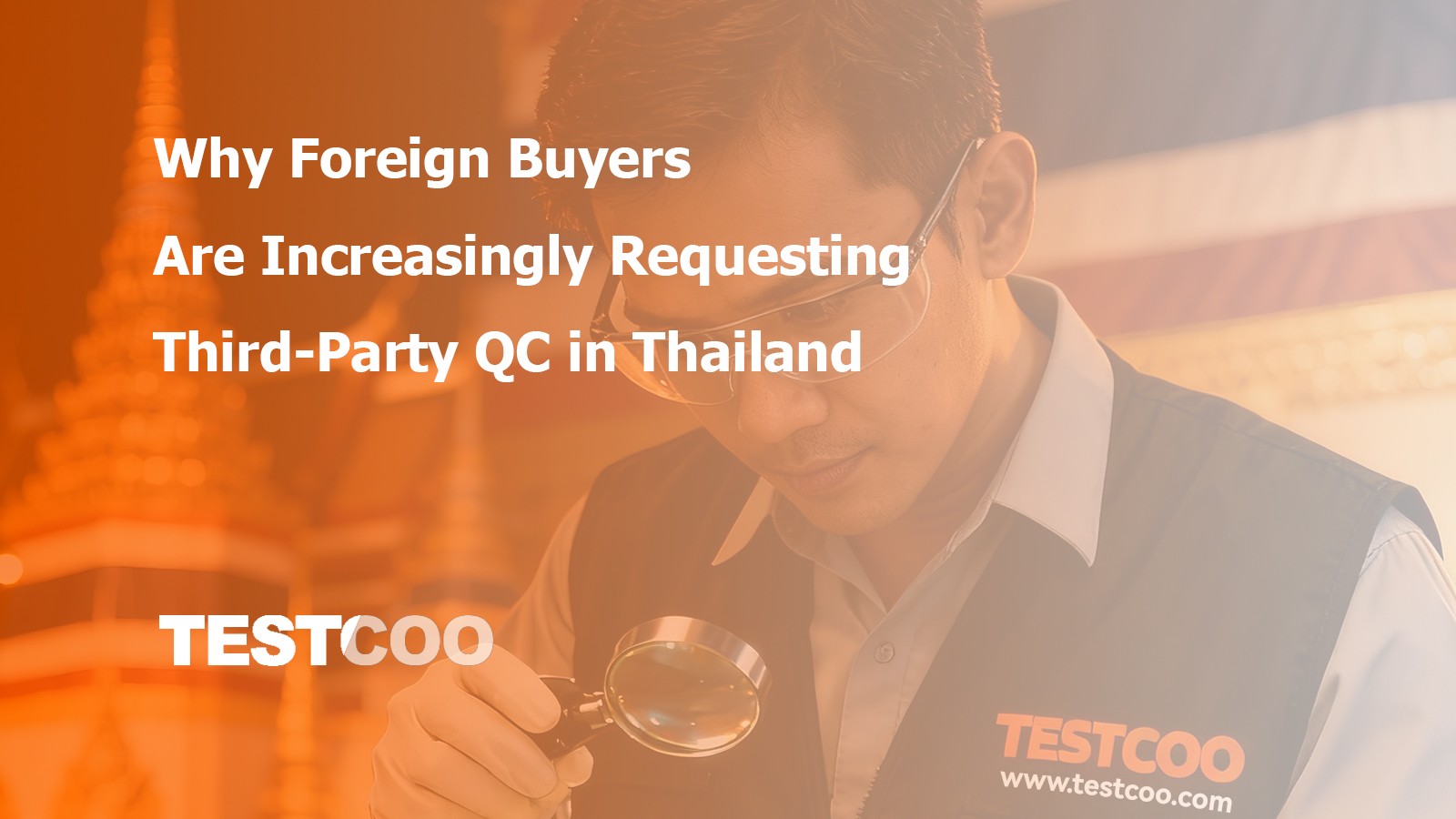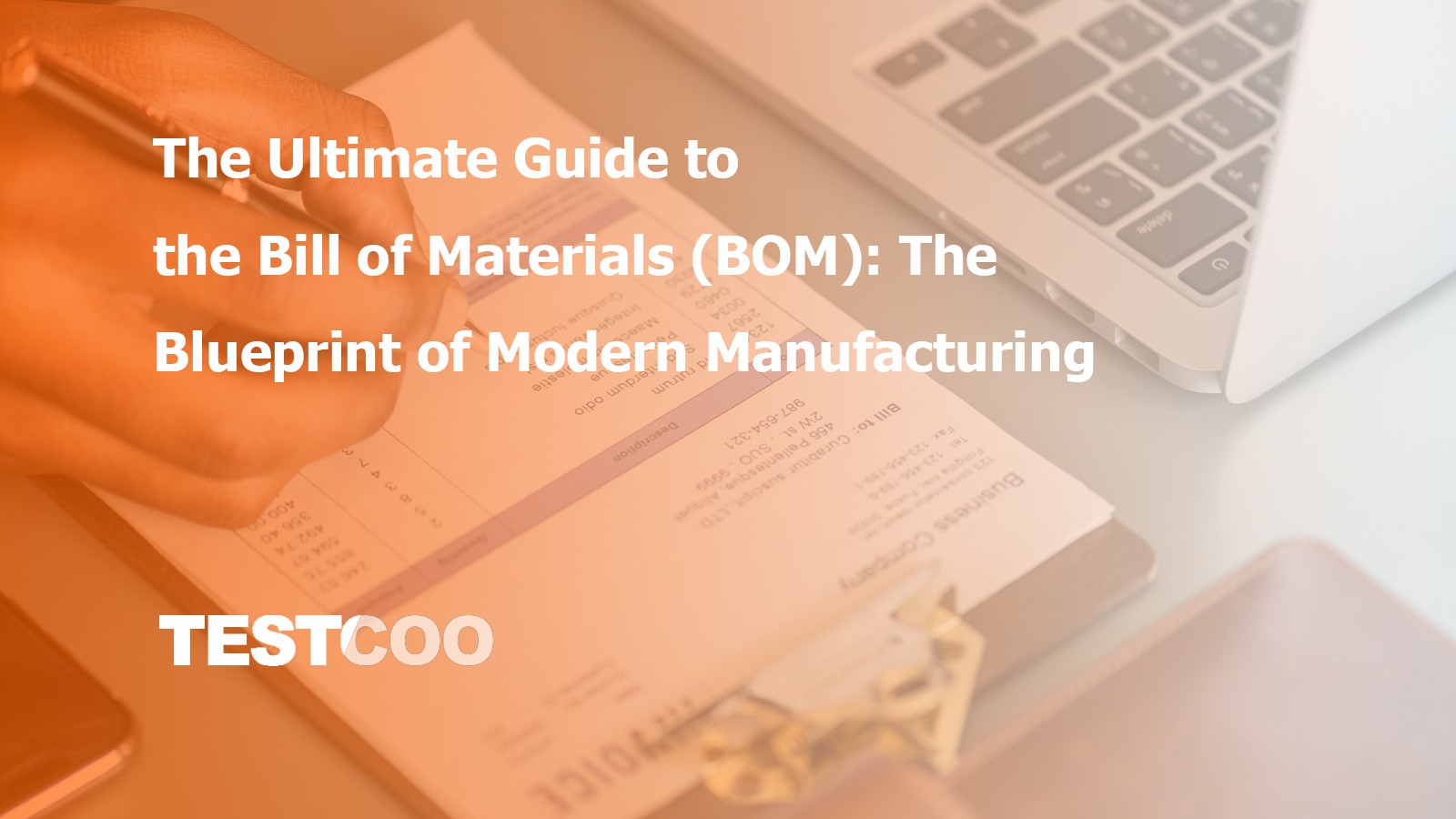Decoding EN, IEC, ISO and ITU Standards: Your Key to Global Market Success
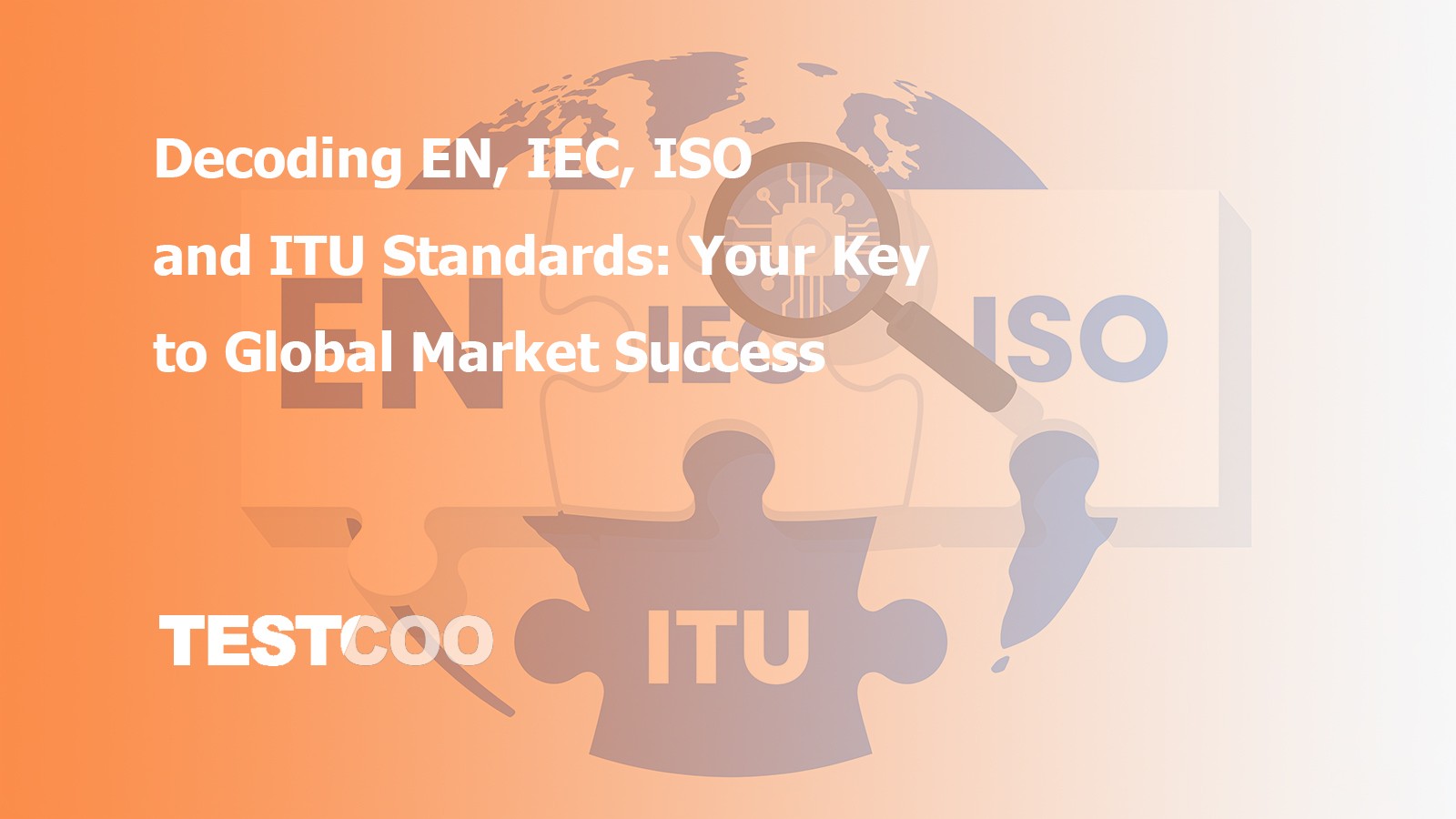
In today’s global economy, where goods and services cross borders with unprecedented speed, international standards play a crucial role in building trust and facilitating seamless trade. These standards guarantee safety, quality, and compatibility, serving as the cornerstone for global collaboration. For businesses striving to compete on an international level, possessing a thorough understanding of key standardization systems is indispensable. Among the most prominent are EN, IEC, ISO and ITU. This article will provide a clear explanation of these four major standardization organizations, empowering you to unlock success in the global marketplace.
EN Standards Explained for European Market Access
Who Develops EN Standards and Why They Matter
European organizations: CEN (European Committee for Standardization), CENELEC (European Committee for Electrotechnical Standardization). CEN focuses on non-electrical sectors such as construction and consumer products. CENELEC develops standards for electrical and electronic equipment, ensuring safety and performance. ETSI concentrates on advancing European telecommunications standards.
These organizations aim to harmonize product requirements across the European Union, reducing trade barriers and promoting consumer safety. Adopting EN standards allows products to move freely across the EU while meeting strict quality and safety requirements.
Where EN Standards Apply and Examples You Should Know
EN standards cover a wide range of application fields. In the construction industry, standards related to building materials, structural design, and construction safety ensure that buildings are safe and durable. In mechanical manufacturing, they regulate the performance, safety, and environmental impact of machinery and equipment.
Take EN 60335, for example, which is a series of standards for household and similar electrical appliances. It specifies safety requirements for various electrical appliances such as refrigerators, washing machines, and microwave ovens, covering aspects like electrical safety, mechanical hazards and fire prevention. Another typical standard is EN 55032, which applies to the electromagnetic compatibility of multimedia equipment. It sets limits on electromagnetic emissions to prevent interference with other electrical devices.

What Are IEC Standards and Why They Matter for Electronics
A 100-Year Legacy of IEC and Its Global Impact
The International Electrotechnical Commission (IEC) was founded in 1906, marking the beginning of global standardization in the electrical and electronic field. Over the past century, IEC has played a pivotal role in formulating electrical and electronic standards. Its influence extends to almost every corner of the electrical and electronic industry, from household appliances to power systems, from electronic components to industrial automation.
IEC standards promote product safety, reliability and interoperability. By enabling products from different countries to work together, they facilitate global trade and encourage innovation.
Key Applications and Core IEC Standards for Industry
IEC standards cover a broad spectrum of applications, from basic components to advanced systems. In the field of electrical installations, IEC 60364 is a key standard that specifies the requirements for electrical installations in buildings, ensuring electrical safety for people and property. In industrial automation, IEC 61131 defines the programming languages for programmable logic controllers (PLCs), enabling interoperability and ease of use across different manufacturers' products.
How IEC and ISO Work Together to Set Global Standards
IEC and ISO have a long history of close collaboration, particularly in information technology and telecommunications. Working together, they’ve developed a range of key standards to tackle the complex technical challenges in these fields. A standout example is the ISO/IEC 27000 series, which outlines standards for information security management systems. This set of standards gives organizations a comprehensive framework to manage information security risks and safeguard sensitive data.
Another case in point is ISO/IEC 11801, a standard that specifies generic cabling systems for telecommunications. It ensures these cabling systems can support various communication services and technologies, laying a reliable foundation for the information age.
Read More: ISO - IEC/ISO SMART
ISO Standards for Quality Management and Business Success
What Is ISO and How It Shapes Global Quality Standards
The International Organization for Standardization (ISO), founded in 1947 and based in Geneva, Switzerland, is a globally recognized independent and non-governmental organization. It functions as a vital international platform where representatives from the national standards bodies of 174 countries come together to collaboratively develop and publish International Standards. The scope of ISO’s activities is exceptionally broad, encompassing nearly every industry and technical field. The only major exception is the telecommunications sector, which falls under the responsibility of the International Telecommunication Union (ITU). Because of this extensive reach, ISO is uniquely positioned to address a wide array of societal and industrial demands, ranging from basic consumer goods to highly advanced industrial systems.
ISO plays a multifaceted role by serving as a bridge between public institutions and private enterprises. A significant number of its members are either part of their country’s governmental framework or have been officially designated by their governments to participate. Others originate from the private sector, bringing in industry-specific expertise and innovation. This diverse membership enables ISO to create standards that not only fulfill the operational and regulatory needs of businesses but also align with broader societal goals. These include the interests of consumers, labor organizations, and environmental advocacy groups. Through this balanced approach, ISO fosters the development of global standards that enhance quality, safety, sustainability, and international compatibility across sectors.
Top ISO Certifications and Why They Matter for Businesses
- ISO 9001 Explained: Why It’s the Leading Quality Standard
ISO 9001 stands as a cornerstone standard in the field of quality management. It is built upon seven fundamental principles: customer focus, strong leadership, active engagement of personnel, a structured process approach, continuous improvement, data-driven decision making, and effective relationship management. These principles collectively provide a robust and flexible framework that organizations can use to design, implement, maintain, and enhance their quality management systems. By following this standard, businesses are better equipped to ensure product and service consistency, meet customer expectations, and drive long-term organizational excellence. ISO 9001 also supports regulatory compliance and helps organizations build a culture centered on quality and accountability.
The benefits of ISO 9001 certification are extensive and impactful. This standard assists organizations in improving both product and service quality, which contributes to higher levels of customer satisfaction. Research conducted by the British Standards Institution (BSI)s holding ISO 9001 certification experienced an average increase of 23 percent in customer satisfaction within two years of implementation. In addition to enhancing the customer experience, ISO 9001 helps improve internal operations by streamlining workflows, minimizing waste, and reducing errors. These improvements promote greater efficiency and support continuous organizational development.
Read More: ISO - ISO 9000 family — Quality management
- ISO 14001 and Its Role in Sustainable Business Practices
ISO 14001 places its focus on environmental management. It offers a structured framework that enables organizations to identify, evaluate, and mitigate their environmental impact. For example, a food processing company seeking ISO 14001 compliance would begin by conducting a thorough environmental impact assessment of its operations. This may involve analyzing factors such as water and energy usage, levels of waste generation, and overall emissions. Following this evaluation, the company would establish measurable environmental goals and performance targets, such as lowering water consumption by a specified percentage within one year or improving the recycling rate of packaging materials.
The advantages of ISO 14001 are significant for both the environment and the organization. It helps companies reduce their ecological footprint by promoting sustainable practices. A company that switches to more energy-efficient production equipment as part of its ISO 14001 implementation can lower its energy costs and contribute to global efforts to combat climate change. It enhances a company's reputation as an environmentally responsible organization, which can attract environmentally conscious customers and investors.
Read More: ISO 14001:2015 - ISO 14001 - Environmental management systems
- ISO 45001 for Safer Workplaces and Compliance
ISO 45001 is dedicated to occupational health and safety management. It requires organizations to identify workplace hazards, assess risks, and implement controls to protect employees. A construction company following ISO 45001 would conduct regular site inspections to identify potential hazards like unsafe scaffolding, electrical risks, or improper use of machinery. It would then provide training to employees.
By implementing ISO 45001, organizations can create a safer work environment, reducing the number of workplace accidents and illnesses. This not only protects the well-being of employees but also has economic benefits. A study by the International Social Security Association found that for every 1 invested in occupational health and safety, companies can expect a return of up to 6 in reduced costs related to accidents, absenteeism, and legal liabilities.
Read More: ISO - ISO 45000 family — Occupational health and safety
Why Getting ISO Certified Helps Your Business Grow
- Boost Market Advantage with ISO Certification
ISO certification, especially in standards like ISO 9001, can significantly enhance a company's market competitiveness. In many industries, having ISO certification is a mark of quality and reliability. A small to medium sized enterprise (SME) that obtains ISO 9001 certification can stand out from competitors without certification, particularly when bidding for contracts. It can also attract larger clients with strict quality requirements who prefer suppliers that follow recognized quality management standards.
- Expand into Global Markets with ISO Approval
ISO standards are recognized globally. Companies with ISO certification often find it easier to enter new international markets. For instance, a company in Asia that wants to export its products to Europe may face fewer barriers if it has relevant ISO certifications. In the medical device industry, ISO 13485 certification is crucial for companies looking to sell their products in international markets. This standard ensures that medical device manufacturers meet the highest quality and safety requirements, giving regulatory authorities and customers confidence in the products.
- Save Costs and Improve Efficiency Through ISO Standards
As mentioned earlier, ISO standards like ISO 9001 and ISO 14001 can lead to cost savings through improved processes and reduced waste. A manufacturing company that adheres to ISO 9001 may identify inefficiencies in its production line, such as overproduction or excessive inventory. By streamlining processes according to the standard, it can reduce production costs. Similarly, ISO 45001 can help companies avoid costly workplace accidents, which can cause compensation claims, production disruptions, and damage to the company's reputation.
Read More: ISO - Standards
ITU Standards for Reliable Global Telecommunications
What Is ITU and Its Role in Global Communications
The International Telecommunication Union (ITU) is a specialized agency of the United Nations responsible for global telecommunications and information technology standardization. As the helmsman of communication standards, ITU plays a core role in ensuring the interoperability, reliability, and security of global communication networks.
ITU's standards cover all aspects of telecommunications, including fixed telephony, mobile communications, satellite communications, and the Internet. They provide a common framework for network operators, equipment manufacturers, and service providers to develop and deploy communication technologies and services.
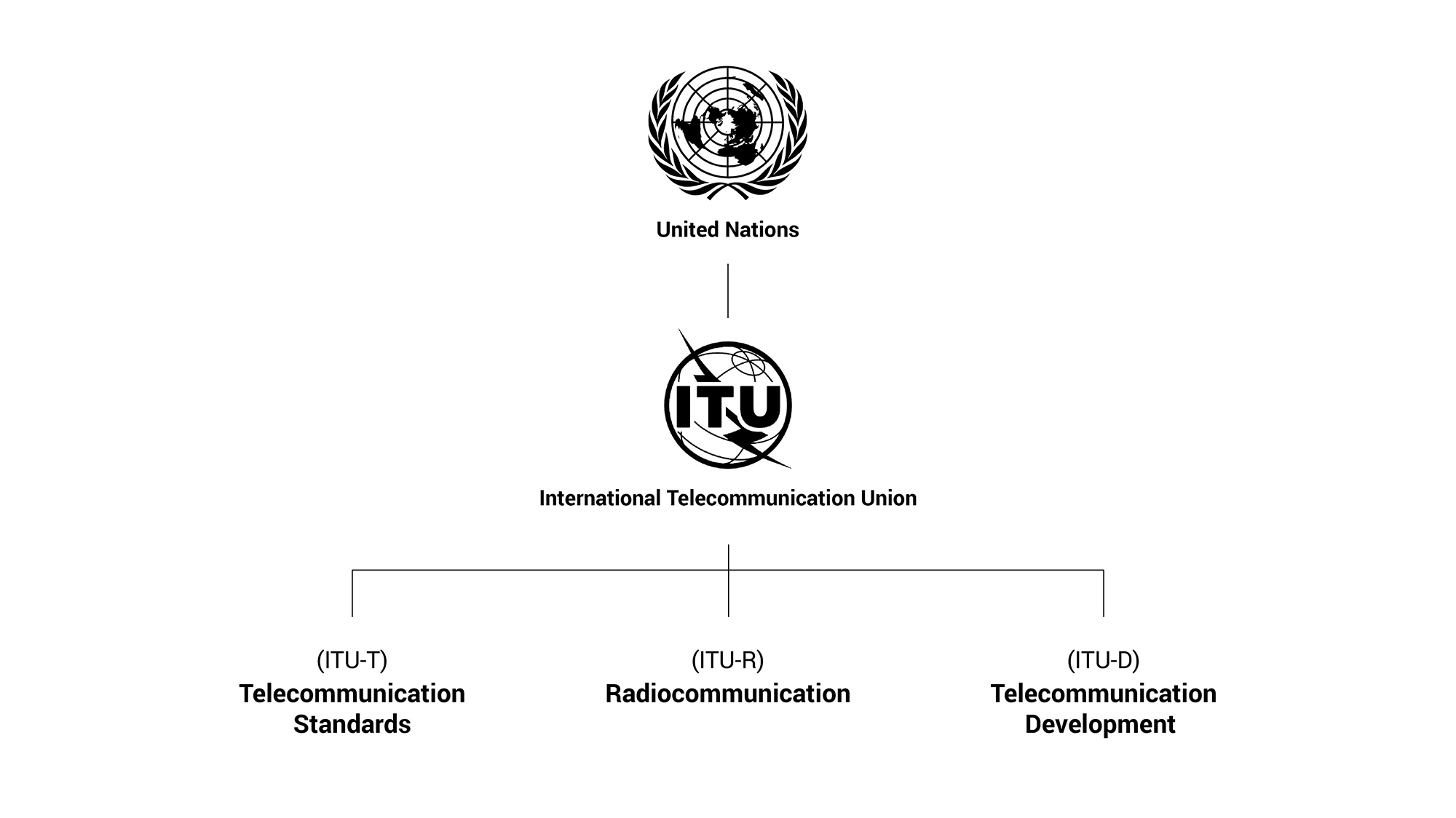
Important ITU Standards for the Telecommunications Industry
ITU standards are crucial for ensuring the smooth operation of global communication networks. ITU-T G.703 is a standard that specifies the physical layer characteristics for digital transmission systems, ensuring the reliable transmission of digital signals over different networks. ITU-T H.264, a video coding standard, has become widely adopted in various applications, such as videoconferencing, digital television, and streaming media, enabling high-quality video transmission with low bandwidth requirements.
In mobile communications, ITU's standards for 5G and beyond are shaping the future of wireless communication, enabling faster data rates, lower latency, and greater connectivity. These standards are essential for the development of emerging technologies, such as the Internet of Things (IoT) and smart cities.
Read More: World Standards Cooperation
How ITU, IEC, and ISO Align for Unified Global Standards
ITU maintains close collaboration with IEC and ISO in the ICT field to ensure the compatibility and stability of global communication networks. Their collaboration covers areas such as network infrastructure, energy efficiency, and cybersecurity.
Read More: IEC, ISO and ITU launch the 2025 International AI Standards Summit
How EN, IEC, ISO and ITU Standards Shape Global Trade and Innovation
EN, IEC, ISO, and ITU standards each support critical aspects of international business. EN facilitates European market access, IEC governs electrical safety, ISO covers quality management across industries, and ITU ensures global communication stability. Together, they promote compliance, reduce trade barriers, and drive innovation. Their collaboration supports emerging technologies like AI, IoT, and clean energy by creating unified, forward-looking standards. For businesses, understanding and aligning with these frameworks means smoother market entry, stronger global credibility, and long-term growth. These standards not only ensure safety and efficiency but also power sustainable development and economic progress.
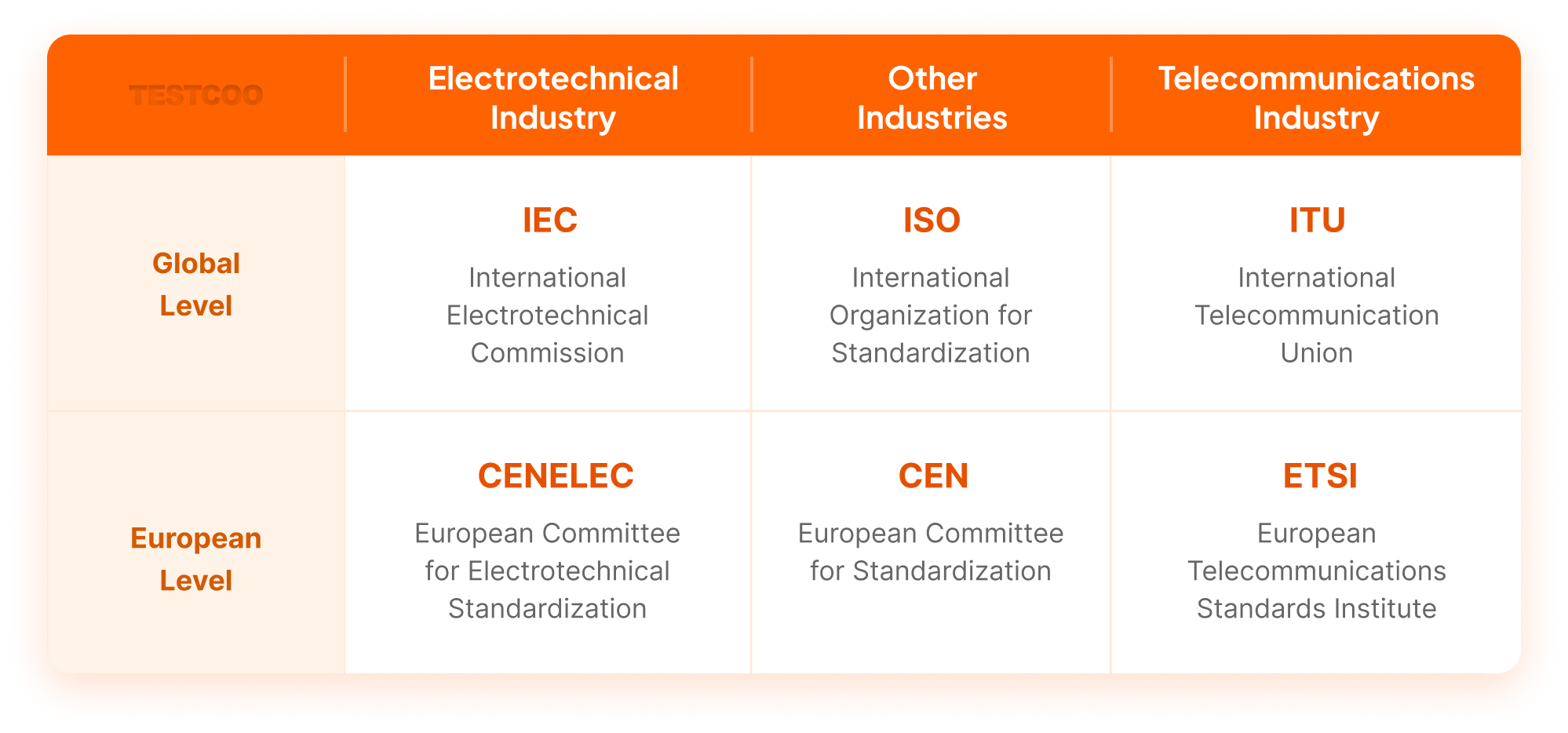
Testcoo Helps You Navigate Global Standards for Market Growth
In today’s global market, navigating international standards is critical for product compliance and business success. Testcoo acts as a trusted partner, helping companies meet complex requirements and turn regulatory standards into growth opportunities.
Whether you're a startup entering the European market with EN standard requirements or a global brand aligning with ISO, IEC, or ITU frameworks, Testcoo provides practical guidance and inspection expertise. Our team helps you understand technical requirements, manage documentation, and ensure your products meet all relevant quality and safety standards.
With deep industry experience and knowledge of the EN, ISO, IEC, and ITU systems, we support businesses across every step of the compliance journey. From Initial Production Check (IPC) to quality assessment support, Testcoo ensures your operations are aligned with international expectations.
By simplifying the compliance process, we help you reduce risks, improve efficiency, and open new markets with confidence. Let Testcoo transform global standards into your competitive advantage and support your path to long-term success.
Free Sample Report Performance Quality Control
Download a sample report to keep control of your supply chain!
Featured Articles
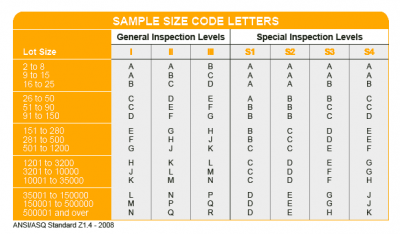 AQL Table | How to Read It
AQL Table | How to Read It TOP 10 Common Defects in Garments Quality Inspection
TOP 10 Common Defects in Garments Quality Inspection Product Packaging and Shipment Label requirements for Amazon FBA
Product Packaging and Shipment Label requirements for Amazon FBA What Is ASTM-F2413-18? Protective Footwear Standard
What Is ASTM-F2413-18? Protective Footwear Standard How to Conduct Third-Party Quality Control Inspections for Electric Scooters
How to Conduct Third-Party Quality Control Inspections for Electric Scooters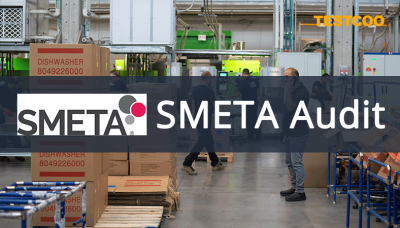 SMETA Audit-What is SMETA Audit?
SMETA Audit-What is SMETA Audit? TESTCOO Supplier Verification/Certification Service SLCP, Higg FEM, GRS, GOTS
TESTCOO Supplier Verification/Certification Service SLCP, Higg FEM, GRS, GOTS Quality Control Inspection Company in China
Quality Control Inspection Company in China What is Quality Inspection? A Complete Guide
What is Quality Inspection? A Complete Guide Guidelines for Product Inspection in India
Guidelines for Product Inspection in India
Category
- Production Inspection Service
- Factory Audit
- Softline Inspection
- Hardline Inspection
- Electrics Inspection
- Certification
- Checklist
- Manufacturers
- Quality Assurance Basics
- Products Recall
- AQL
- Guidence and Standard
- News
- Supplier Management
- Amazon
- Protective Equipment
- e-commerce quality control
- Indian Manufacturing
- Soft Goods Quality Control
- Supply Chain Management
- Supply Chain Resilience
- E-Commerce Quality Control
- ISO 2859
- Supply Chain Optimization
- Garment Industry
- Higg Index



